Jade in a terrarium?
socks
18 years ago
Related Stories
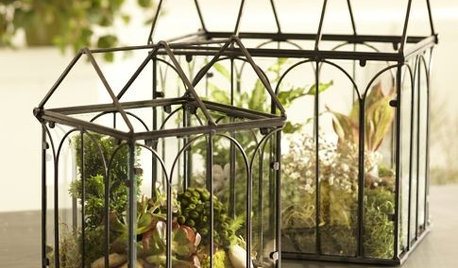
12 Gifts for Green Thumbs
Use your imagination — or borrow some here — to turn a potted plant into an even more special gift
Full Story
HOUSEPLANTS8 Essentials for Healthy Indoor Plants
Houseplants add so much to our homes — and can thrive when grown in the right conditions. Keep these tips in mind
Full Story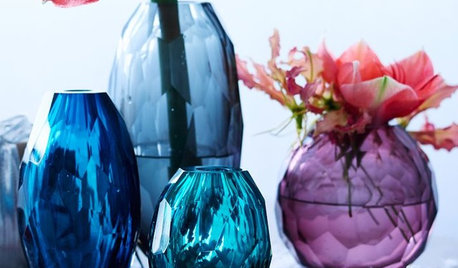
PRODUCT PICKSGuest Picks: Captivating Coffee Table Accessories
Set out these quirky or colorful pieces and watch your coffee table become the center of attention
Full Story
HOUSEPLANTS8 Houseplants You Can't Kill
They're forgiving and let you forget. Houseplants don't get any easier than this
Full Story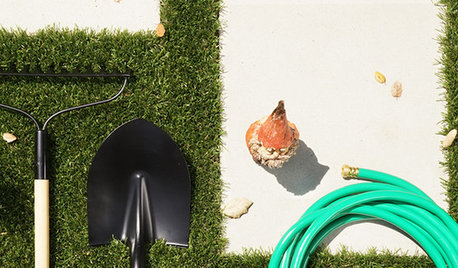
SHOP HOUZZHouzz Products: Spring in the Garden
Have even more fun in the garden this spring with handy potting benches, outdoor accessories and tools from the Houzz Products section
Full Story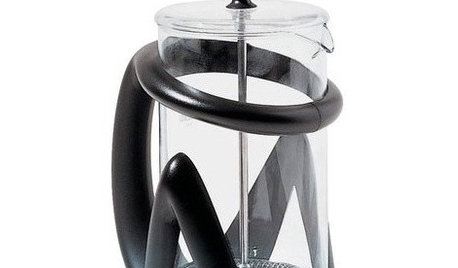
PRODUCT PICKSGuest Picks: Whimsy and Charm
20 playful pieces to help lift the winter doldrums
Full Story0
More Discussions






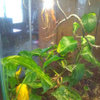
iliketerrariums
Cdfortin
Related Professionals
Saint Charles Landscape Architects & Landscape Designers · Canby Landscape Contractors · Pahrump Landscape Contractors · Paramount Landscape Contractors · West Chicago Landscape Contractors · Alhambra Fence Contractors · Antelope Fence Contractors · Baltimore Fence Contractors · East Los Angeles Window Contractors · Delhi General Contractors · Exeter General Contractors · Jericho General Contractors · Mentor General Contractors · New River General Contractors · Springboro General Contractorsiliketerrariums
sahoyaref
garyfla_gw